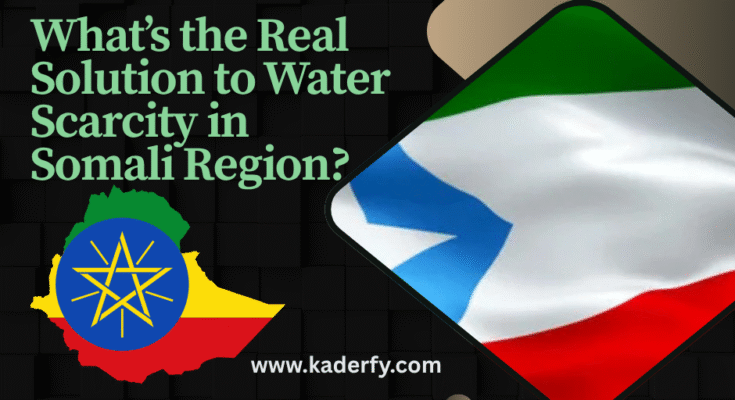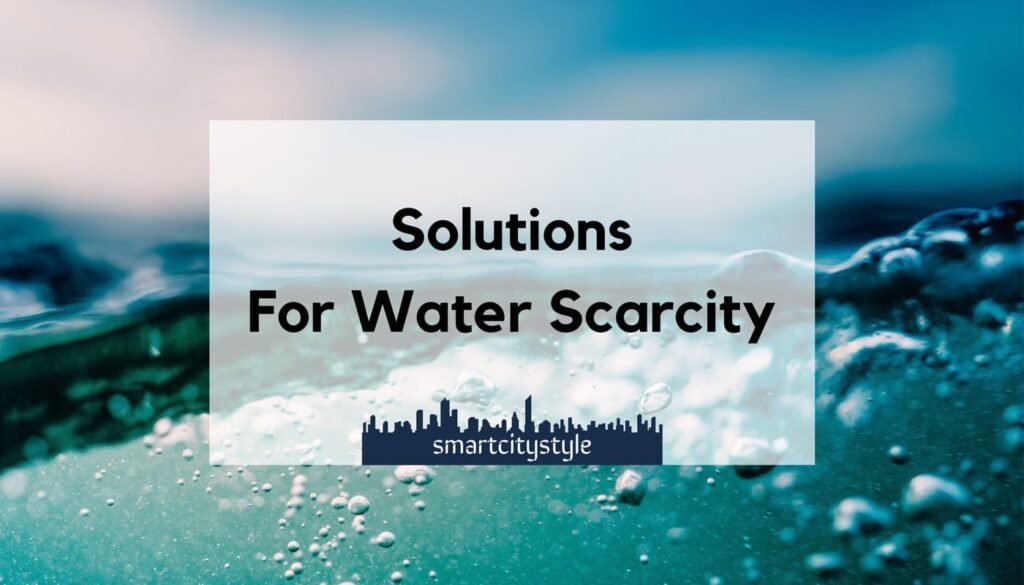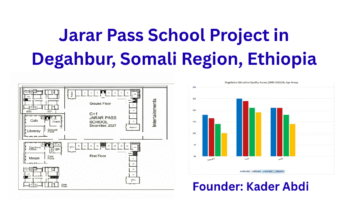Introduction
A Community-Based Approach to Clean Water Access in Ethiopia
Ethiopia has a growing challenge of water scarcity, and the Somali region in particular is characterized by many community members who do not have a regular supply of clean, safe, and sustainable water. Access to safe, sustainable, and clean water is the result of the tireless work of governments, non-governmental organizations, and local campaigns to establish reliable access to potable water. Water is a human right and the foundation block of sustainable development, yet many communities, particularly semi-arid and rural communities are still without reliable access to potable water.
As a water engineer with 13 years of experience in water resource management, I would like to share first-hand the effects of the absence of clean water on health, education and economic growth. In this blog I would like to share current insights on water scarcity in Somali Region, the challenges, and a community-centered, scalable solution that we are working on in order to support clean water in villages that are not receiving it previously.
The Real Experience: Water Scarcity Challenges in Somali Region of Ethiopia
The Somali region of Ethiopia is mostly arid, semi-arid, and has low annual rainfall, consistent drought, and a rapidly expanding population. These factors put extreme pressure on already limited water supplies that are often:
- Unsafe for drinking due to contamination
- Far from communities so that women and children have to walk long distances every day to retrieve water
- Seasonal, unreliable
- Lack good maintenance and management systems
Some communities, rely on hand dug wells, seasonal riverbeds, or unprotected ponds that expose them to water borne diseases like cholera, typhoid, or dysentery. This is not only a health issue but also a humanitarian crisis.
Significant Challenges to clean water access
Over my years of research and involvement in related projects, I have identified three significant barriers that continually impair sustainable water provision in the Somali Region:
1. Lack of Infrastructure
Many rural communities do not have the infrastructure to harvest, store, treat, and distribute clean water. There are insufficient boreholes, pipelines, pumps, and filtration systems. Even when these systems are installed, they are rarely comprehensive or completely maintained.
2. Lack of qualified human resources and local capacity
Communities may have the infrastructure but were not trained to operate, manage, or maintain it. If there is no qualified person to do so, a breakdown may go unresolved for months, or even a year or more.
3. Poor project design and lack of local inclusion
Water projects fail if local communities do not have a stake in the planning process. Solutions arrive as ‘tools,’ rather than co-developed with the expertise of local actors and knowledge of the context. Furthermore, designs frequently assume stability in seasonal components or variability between wet/dry years relative to aquifer dynamics.
The Solution: Community-Based, Affordable Water Systems
The best solution I’ve found is community-based, technically feasible, and affordable.
In 2025, I began a project to conduct the design and feasibility of solar-powered water systems for three village sites in the Somali Region. This is how it works:
Phase 1: Assess need and map community
We assess existing water points, population density, seasonal utilization, and water use per village. The assessment all incorporates the views of community elders, women’s groups, and youth leaders.
Phase 2: Design infrastructure
We design:
Solar-powered boreholes to lessen dependency on diesel fuel,
Gravity-fed supply in parts of the terrain that can accommodate this,
Storage tank and chlorination system to ensure water quality.
Phase 3: Capacity building
The community water committee (CWC) receives training on:
Operation and maintenance,
Financial management (small cost-sharing fees for sustainability),
Monitoring water usage and reporting when water pumps fail, etc.
Phase 4: Sustainability and partnership
We work with local NGOs and government offices to:
Conduct longer-term monitoring,
Figure out emergency repairs,
Scale the model to other communities.
Why This Approach Works
This model works due to the following reasons:
- Centers the community at the center of the solution
- Uses renewable energy (solar)
- Has low operating costs
- Builds local capacity
- Encourages local ownership and pride
And most importantly, it’s replicable and scalable to other arid landscapes of Ethiopia.
Looking Ahead: What the Role of Water Justice is
Addressing water scarcity in the Somali Region requires engineers, policy makers, NGOs, and communities to collaborate as partners. If you are a donor, an NGO, or a government elected official interested in supporting impactful water projects, I welcome you to check out Kaderfy or connect with me on LinkedIn.
Together, we can build a future where clean water isn’t a luxury, but a basic right for every Ethiopian.




